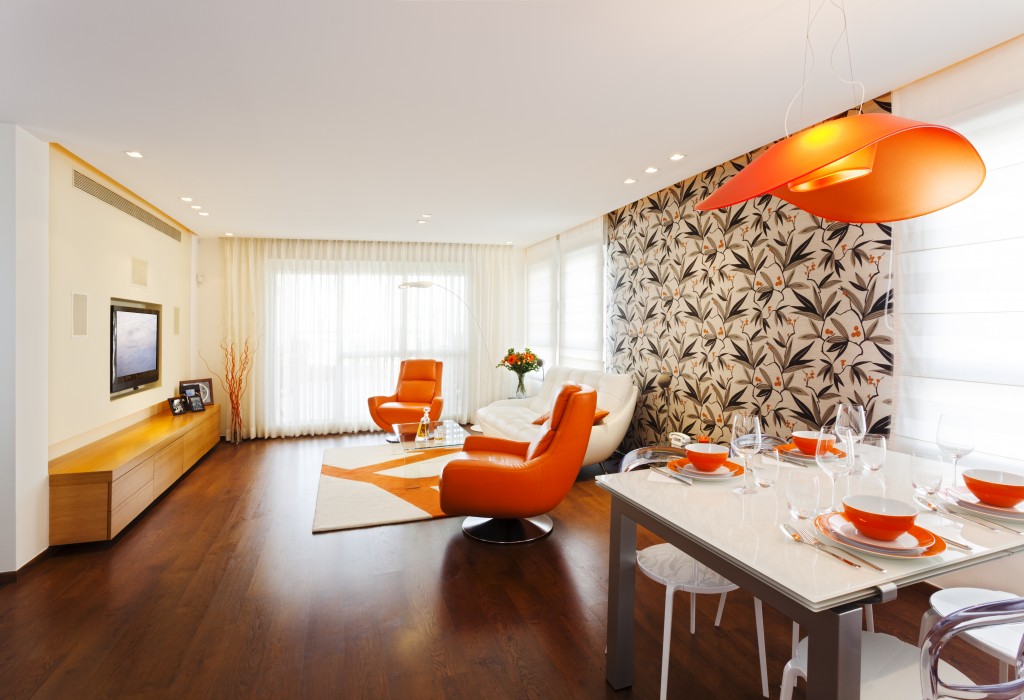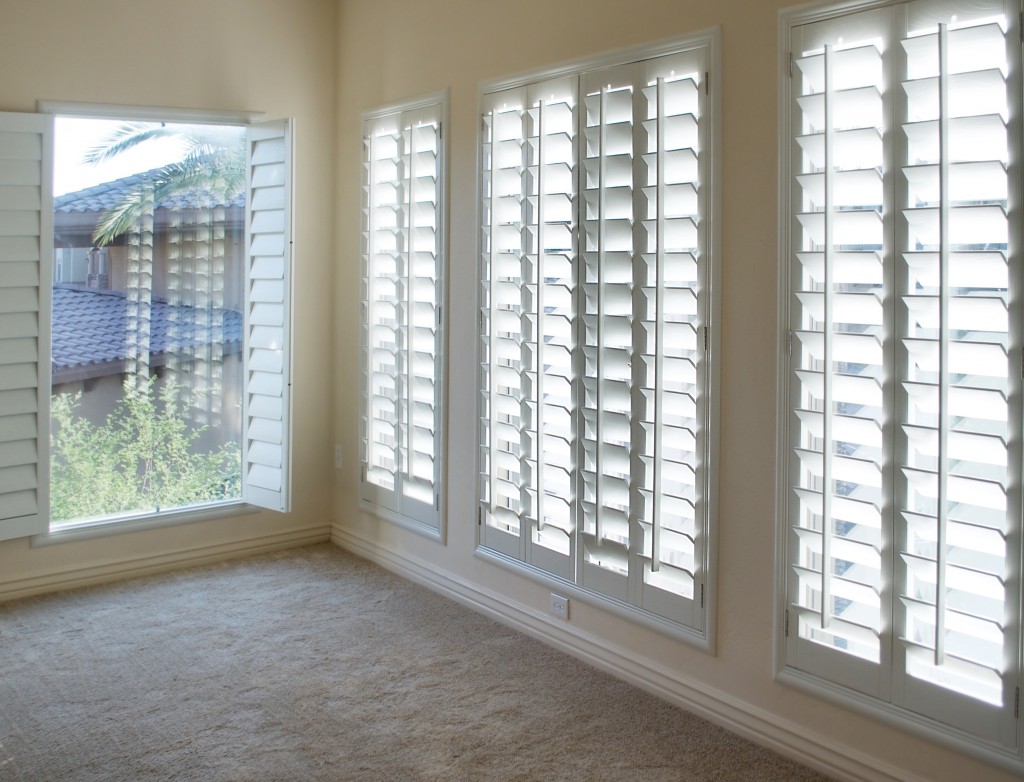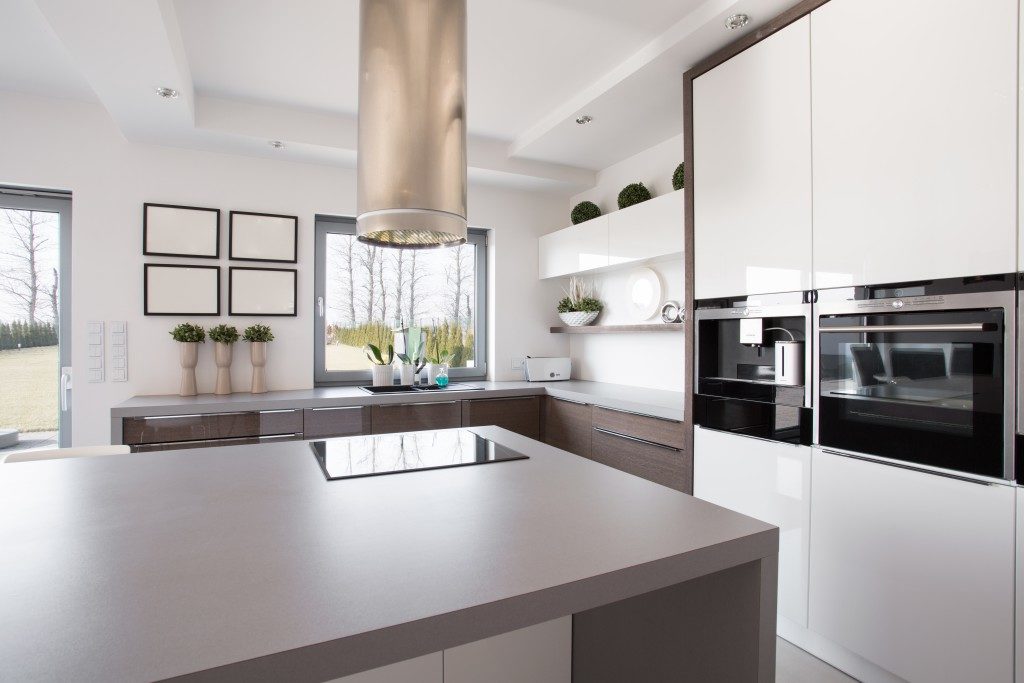Modern living conditions around the world have undergone a dramatic transformation since the mass distribution of electricity became standard. A large part of that change can be attributed to indoor lighting. Even in the era of gas lamps, people could carry on with various activities after dark; with the tungsten filament bulb and its later evolutions, the range of activities we could perform indoors greatly expanded and better quality of light thus translated to improved quality of life.
And just as with anything that becomes ubiquitous, many people now take the power of illumination for granted. How often do you walk into a room, flip a switch, and start reading or working without considering the quality of light? Some people even use their devices in the dark, to the detriment of their long-term health. Being aware of the power of light helps us harness it effectively – here are some things to consider.
The influence of light
Most homeowners are aware of the importance of lighting to some extent, but this can be woefully incomplete. Indoor lighting doesn’t just affect your monthly utility bill or carbon footprint, though these are definitely important considerations. Our bodies evolved over thousands of years to be in sync with the environment, and natural lighting has been shown to play a key role in regular circadian rhythms which in turn improve sleep quality, mood, and energy levels. Living in a home with increased daylight – through large windows or skylights, for example – can be a vital means for you to be more attuned with natural conditions, especially in a state like Utah with its seasonal variations in sunlight. Similarly, artificial lighting can affect our mood in addition to its functional purposes; warm tones are relaxing, while cold light – especially the blue light from device screens – tends to keep us alert.

Types of lighting
Outside of fields such as interior design, photography, or cinema, few people can properly differentiate between the types of lighting and relate them to functions within an indoor space. The first layer is ambient lighting, which determines the overall quality and consistency of illumination within a space. Second, task lighting (also called ‘office lighting’) provides heightened illumination which allows you to focus better on specific tasks. Finally, there’s accent lighting to consider; this layer is used to create highlights and draw attention to features within a space, and can enhance its aesthetic qualities if employed properly.
Design and control
When you understand the influence of light and the options at your disposal, you can be more deliberate and take steps to employ the correct lighting solutions throughout your home based on functional needs. Maximize daylight and use warm, dim artificial lights in your bedroom to enjoy better sleep cycles. Pendant lighting can help you focus on work or reading in a home office or study; vanity lights also make perfect sense in a bathroom or dressing area. And in the living room, patio, or other guest areas, you can effectively use recessed spotlights or wall lights to design an interesting space for entertainment, drawing attention to art objects or other features of your property.
Knowing the ways in which light can influence our lives, you’ll be able to not just factor in cost reduction but effectively use lighting in every part of the home according to your needs.



